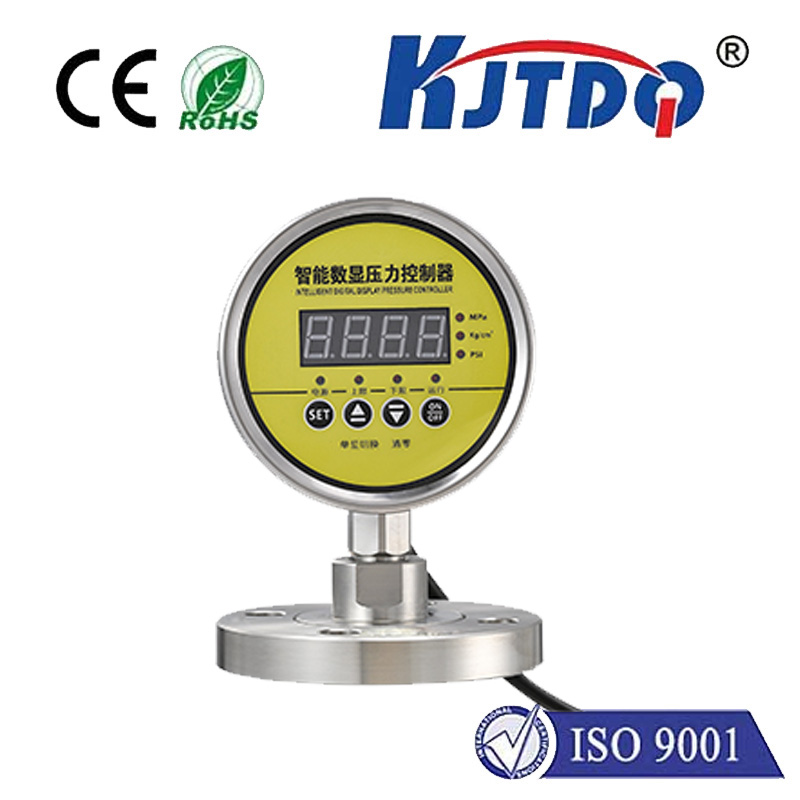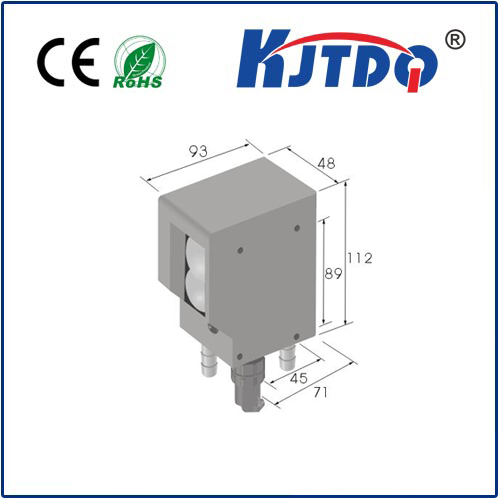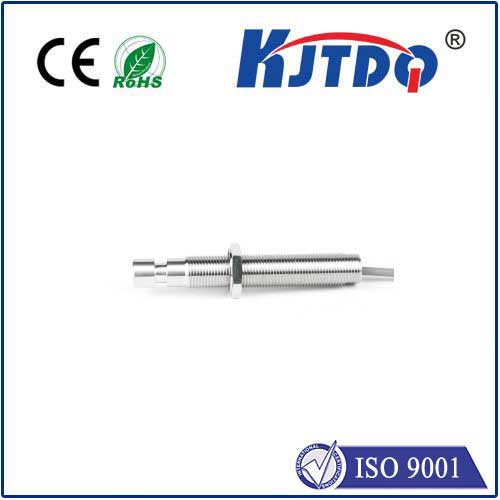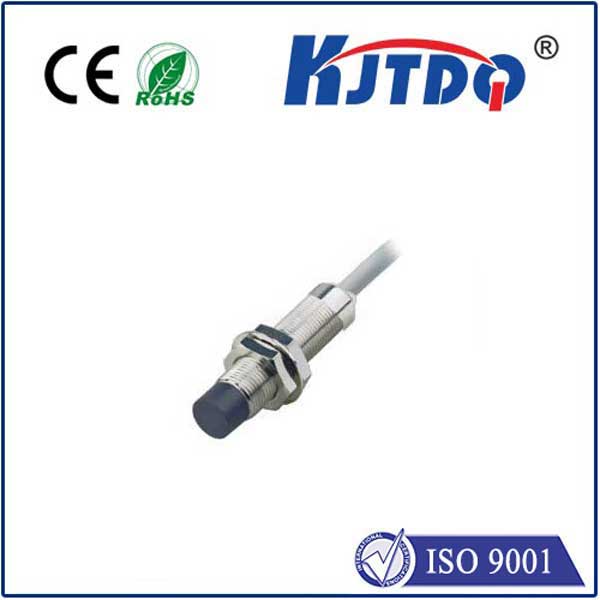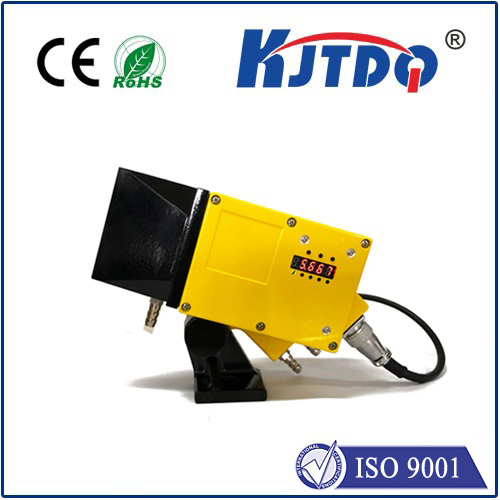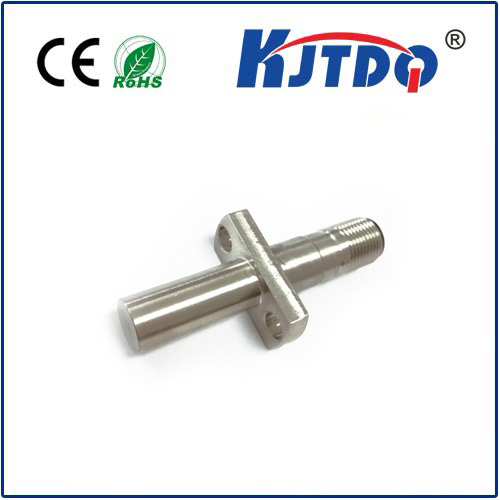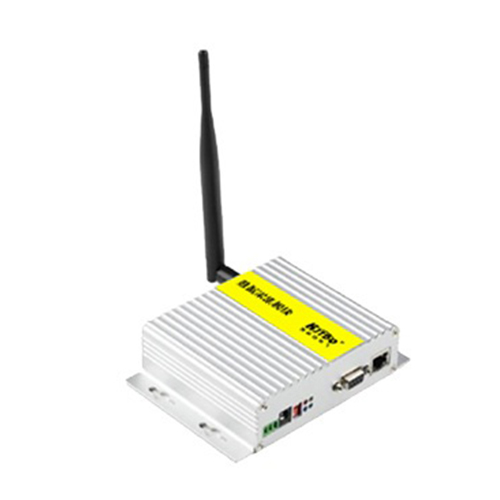

check

check

check

check

check

check

check

check

check

check
Title: Understanding 120V Limit Switches: An Essential Guide for Electrical Engineers
As electrical engineers, it is crucial to have a solid understanding of various electrical components, including limit switches. One such component that plays a significant role in ensuring the safety and efficiency of industrial systems is the 120V limit switch. In this article, we will explore what a 120V limit switch is, its function, types, and how it operates.
Introduction to 120V Limit Switches
A limit switch is an electrical device used to detect the contact closure between two conductors or the opening and closing of a mechanical mechanism. It provides an indication of whether the switch has been activated or not. The 120V limit switch, also known as a voltage-sensitive switch, is a type of limit switch that reacts to changes in electrical voltage across its contacts.
Function of 120V Limit Switches
The primary function of a 120V limit switch is to provide an accurate indication of when a machine or system has reached its set limits. This is essential for maintaining the safety and efficiency of industrial processes. By monitoring the position of the switch, operators can easily identify when there has been over-current or under-current issues, which can lead to potential hazards and equipment failures.
Types of 120V Limit Switches
There are several types of 120V limit switches available on the market, each with its unique features and applications. Some common types include:
1. Contactless Limit Switches: These switches use a magnetic field to detect contact closure without physical contact. They are ideal for high-contact-demand applications where hygiene and maintenance are critical concerns.
2. Vacuum Limit Switches: These switches operate on the principle of vacuum isolation between the switch contacts. When the contacts are closed, a vacuum is created within the switch, which triggers an electrical signal indicating the state of the switch. Vacuum limit switches are commonly used in applications where precise control and accuracy are required.
3. Mechanical Limit Switches: These switches consist of a movable lever or disc that connects to either one or both contacts of the switch. When the lever moves beyond a certain point, it opens or closes the contacts, generating an electrical signal indicating the state of the switch. Mechanical limit switches are widely used in simple and low-cost applications.
Operation of 120V Limit Switches
The operation of a 120V limit switch involves detecting changes in electrical voltage across its contacts and generating an appropriate signal accordingly. Here's a basic overview of how they work:
1. When there is no electrical current flowing through the circuit, the voltage across the contact pairs is zero. Therefore, both contacts are open by default.
2. When electrical current flows through the circuit, it causes a voltage drop across the contacts, resulting in an increased resistance. This increase in resistance triggers a change in the position of the switch contacts, causing them to connect (closing).
3. When the current flow stops, the voltage drop decreases, returning the contact positions to their original open state (deactivation).
Conclusion
Understanding 120V limit switches is crucial for any electrical engineer working with industrial systems that require precise control and safety monitoring. By selecting the appropriate type based on their specific needs and application requirements, engineers can ensure that their systems operate efficiently while maintaining optimal safety standards.
